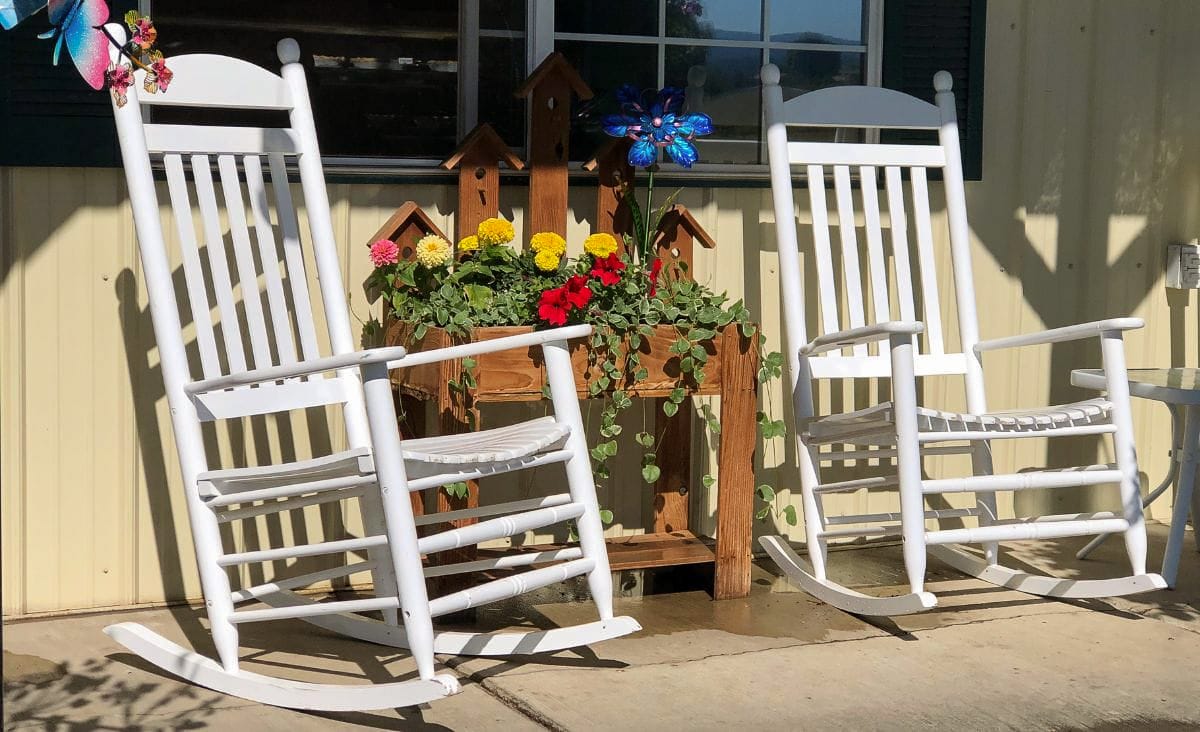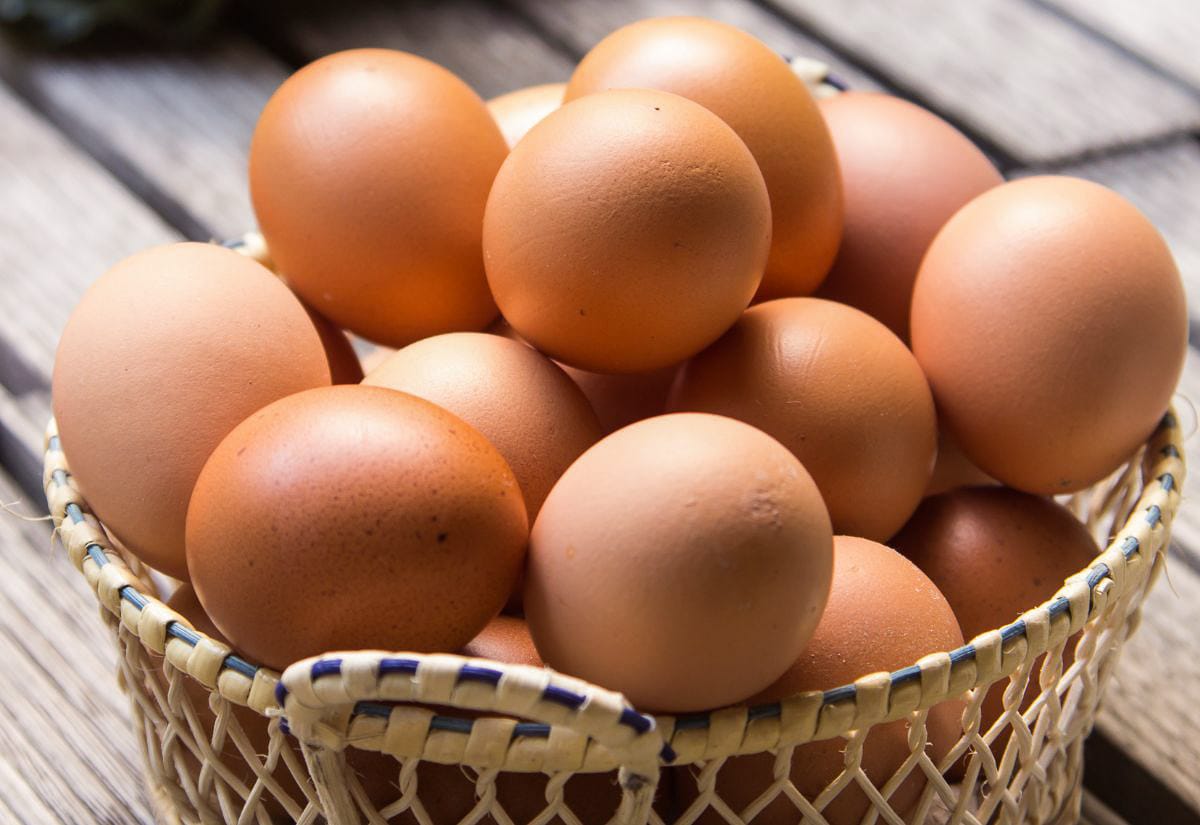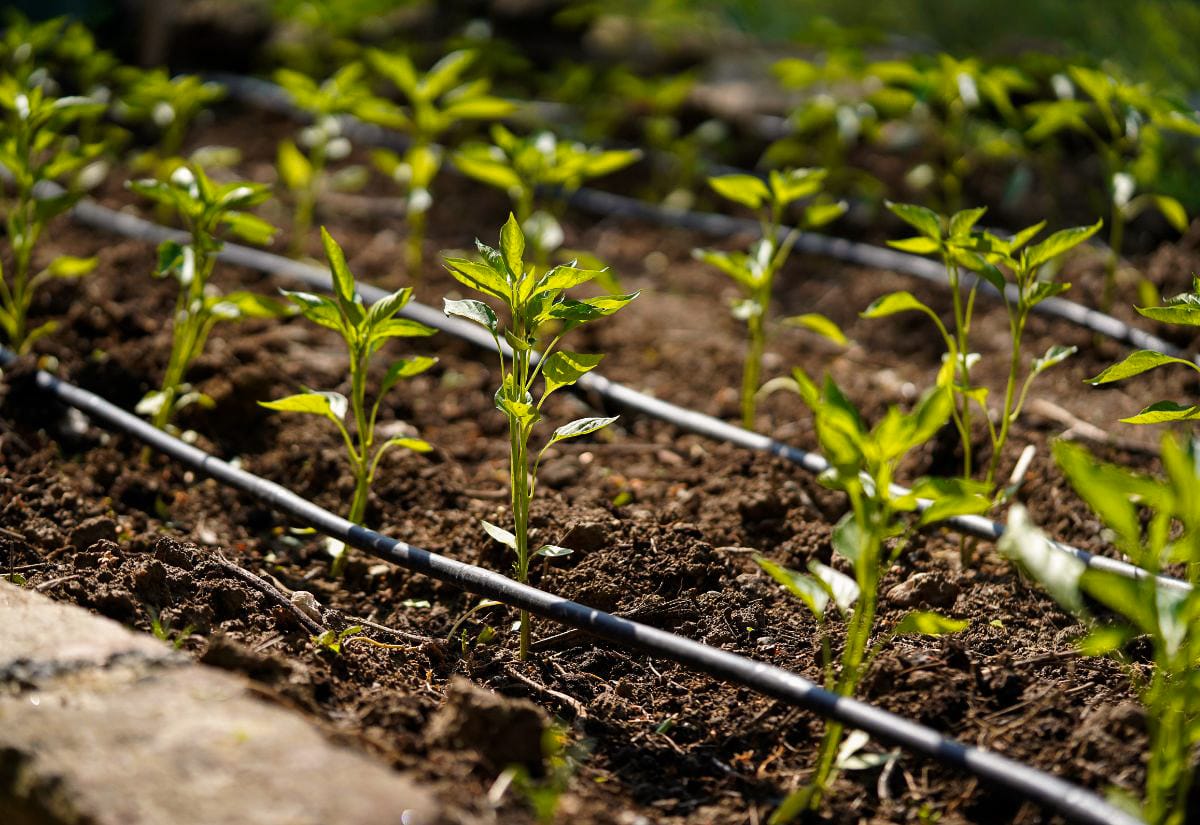How to Balance Homesteading Life Without Burning Out
Feeling overwhelmed by farm life? Learn how to balance your homesteading routine with practical tips for self-care, goal setting, and sustainability.

Homesteading is beautiful and exhausting all at once. You’re growing food, tending animals, canning tomatoes, fixing fences, and still trying to get dinner on the table before 9 p.m. It can feel like a never-ending cycle of doing, with no time left for resting. And while that level of hustle might get things done, it’s not sustainable.
If you’re struggling to balance your homestead to-do list with your real-life needs (like sleep, peace, and not losing your mind), you’re not alone. I’ve been there too. After more than a decade of small-scale farming, I’ve found that there are three essential habits that make homesteading not just doable, but deeply rewarding.
Let’s walk through what’s worked for me—and how you can find balance in your homesteading life without burning out.
Prioritize Self-Care (Yes, Really)
It might feel counterintuitive to focus on yourself when there’s so much to do. But here’s the truth: you can’t take care of your homestead if you’re running on empty.
Build a Morning Routine That Grounds You
A simple routine can make all the difference. Try this:
- Start with stillness. A few minutes of meditation or quiet breathing helps you feel centered before the chaos starts.
- Stretch it out. Even five minutes of light movement can help prevent injury and get your blood flowing for a busy farm day.
- Eat something real. A balanced breakfast sets the tone for the day. You need that energy to run the homestead and still feel like yourself.

Take Actual Breaks
I used to think taking breaks was lazy. But stepping away—even just to drink water in the shade—makes me more productive, not less. Try setting a timer to remind you to stop and breathe every couple of hours.
Wind Down With Intention
Evenings are sacred around here. After chores are done, I pick one relaxing thing to help me unwind. A warm bath. A chapter of a book. A quick journal entry. Choose something that signals to your brain: it’s okay to rest.

Set Realistic Goals for Your Homestead
Homesteading isn’t a race. You don’t have to grow every vegetable, raise every animal, or DIY every project in year one. Slow growth is still growth.
Start with Short-Term Wins
Think about what must get done today to keep your homestead running. Watering the garden. Feeding the animals. Collecting eggs. Tackle those first.
Then think a little bigger. What projects do you want to make progress on this month? Maybe you want to build a compost system or finally fix the sagging gate. Break it down into manageable steps and celebrate when you complete each one.
Need help setting manageable homestead goals? Sign up for my newsletter and get a free copy of Welcome to the World of Homesteading.

Prioritize What Matters
You don’t have to do everything right now. Focus on:
- Necessity: What keeps your home and animals healthy?
- Seasonality: What needs to be done now (like harvesting or winter prep)?
- Impact: What changes will make your life easier next week, next month, or next year?
If keeping all your homestead tasks straight feels like herding chickens, you’re not alone. I created a set of printable tools to help you map out priorities, track seasonal to-dos, and stay focused without the overwhelm. You can find them in my post on organization for busy homesteaders—because a little planning goes a long way when your day starts at sunrise.
Embrace Sustainable Practices
Balance isn’t just about time. It’s about how you homestead. Sustainability isn’t just good for the planet—it makes your life easier, too.
Automate Where You Can
You don’t have to do every task by hand. Simple tools like drip irrigation systems, automatic chicken waterers, and even solar lights on a timer can save you hours each week. They’re easy to set up, kind to your energy bill, and free up your time for the parts of homesteading you actually enjoy.

Grow What Thrives
Instead of fighting with plants that just don’t want to grow, focus on what works in your space. Native plants and climate-adapted vegetables take less effort and still reward you with abundance. If you’re not sure where to start, check out my list of the easiest vegetables to grow for lazy gardeners—it’s full of low-maintenance winners that thrive without fuss.
Use What You Have
That old bedsheet? It can be a row cover. Those glass jars? Perfect for bulk pantry goods. Learning to repurpose what’s on hand keeps things budget-friendly and low-waste.
For more practical ideas, check out these popular posts:
- Get crafty with DIY farmhouse decor made from repurposed materials
- Transform leftover mason jar lids into smart, eco-conscious projects
- Upcycle empty pill bottles into something surprisingly useful
- Give used milk jugs new life with these fun and inspiring crafts
- Turn old bed sheets into something beautiful and practical instead of tossing them
Real Talk: Your Homesteading Balance Questions Answered
Pin now, read with your feet up later.

Finding your rhythm on the homestead is a journey, not a destination. Some seasons will feel easier than others. But by giving yourself permission to rest, set manageable goals, and work smarter (not harder), you’ll build a homesteading life that lasts.
So the next time your to-do list starts feeling overwhelming, take a breath. Remind yourself that you are just as important as the work you do. Then grab a cup of tea, put your feet up (even if only for a minute), and celebrate how far you’ve come.
What helps you feel more balanced on your homestead? I’d love to hear your favorite tips in the comments.




